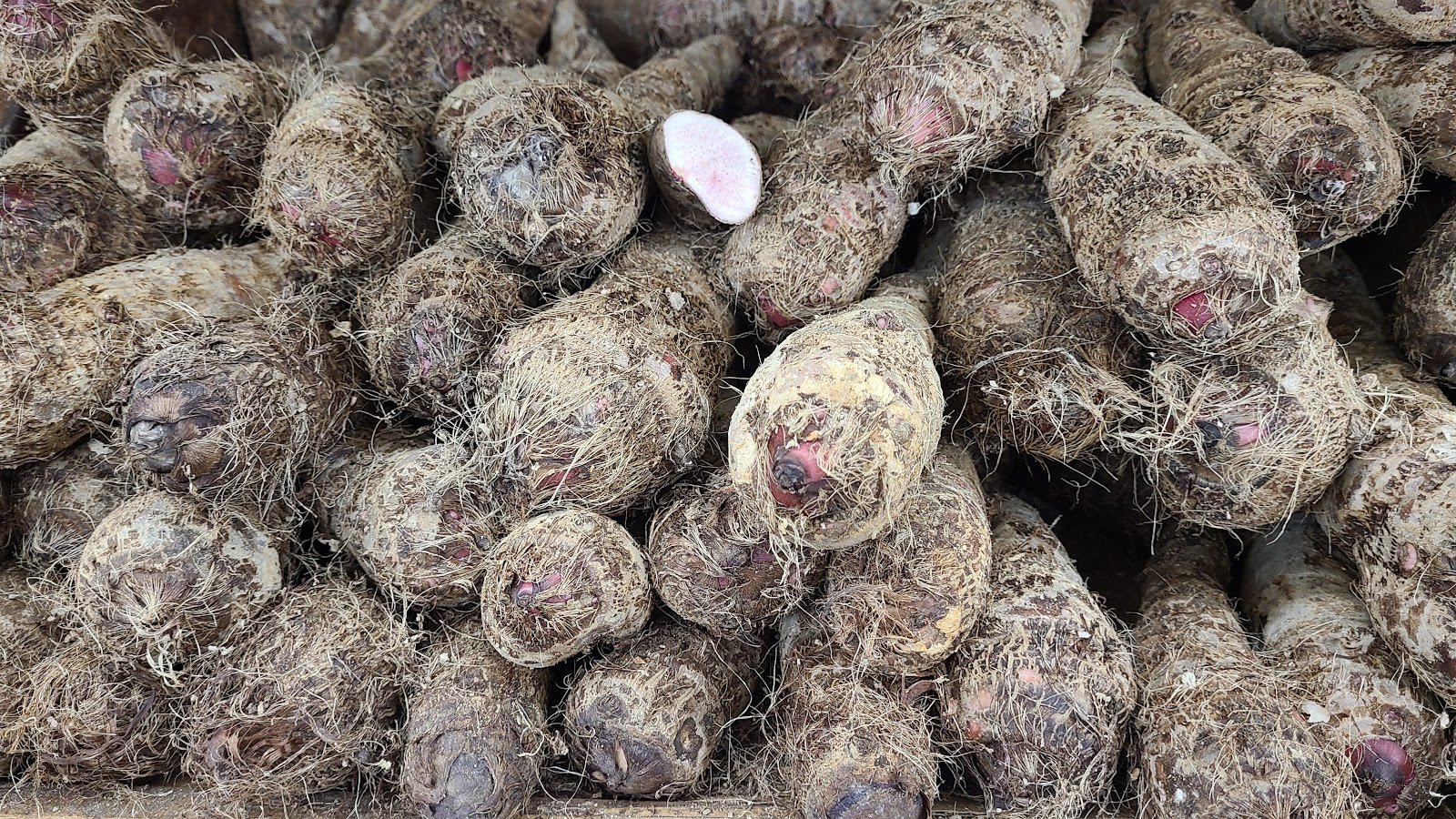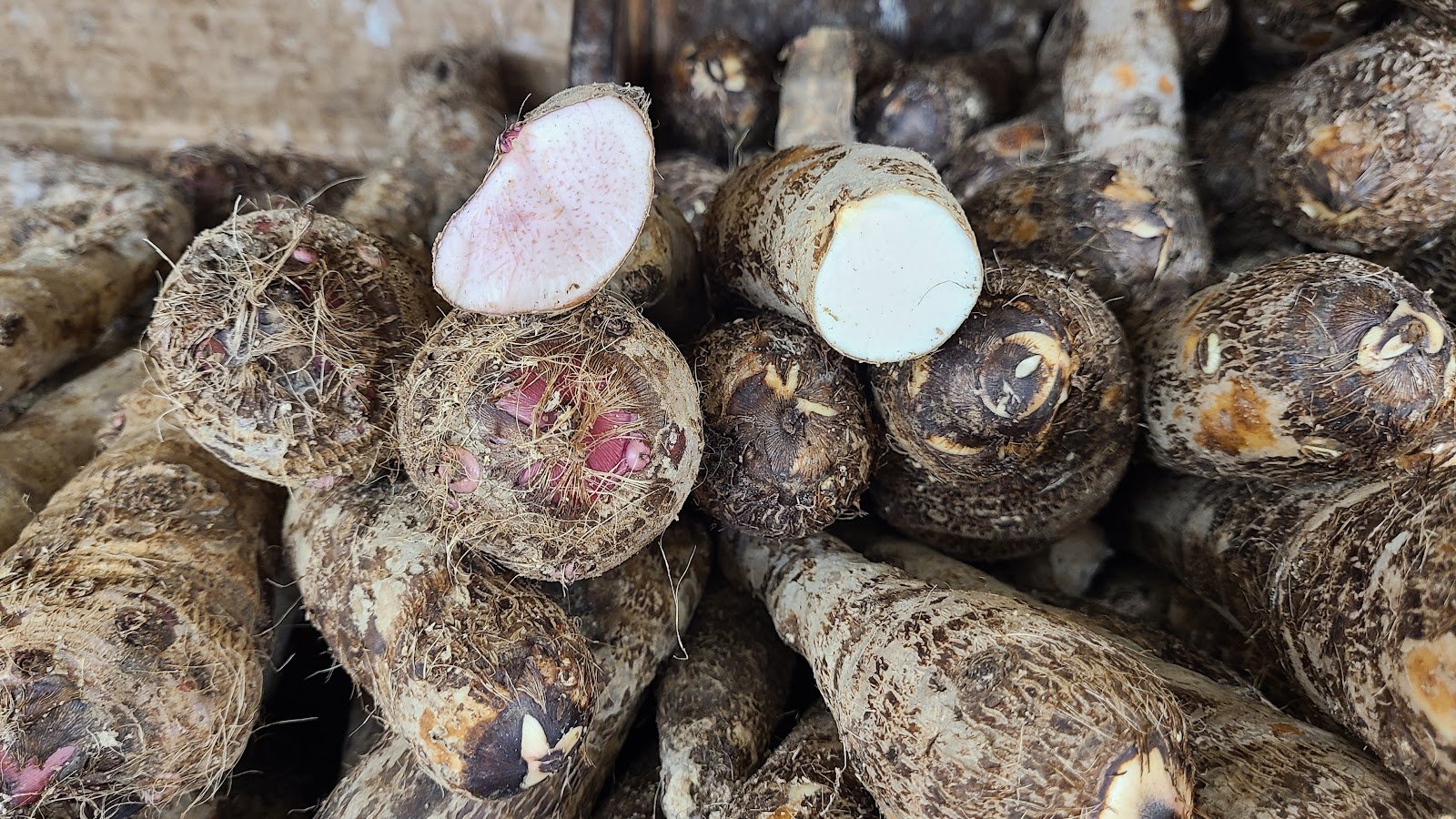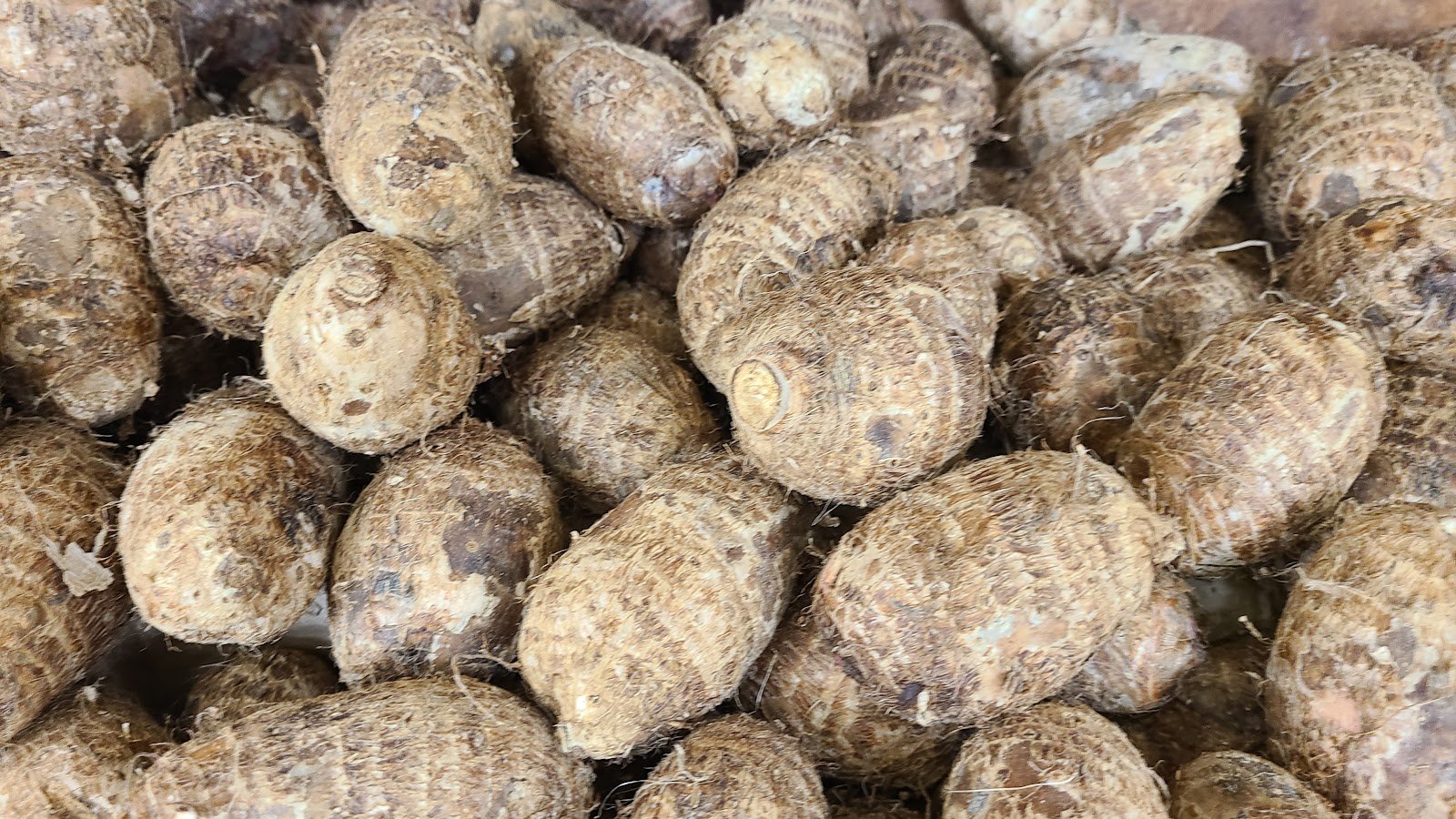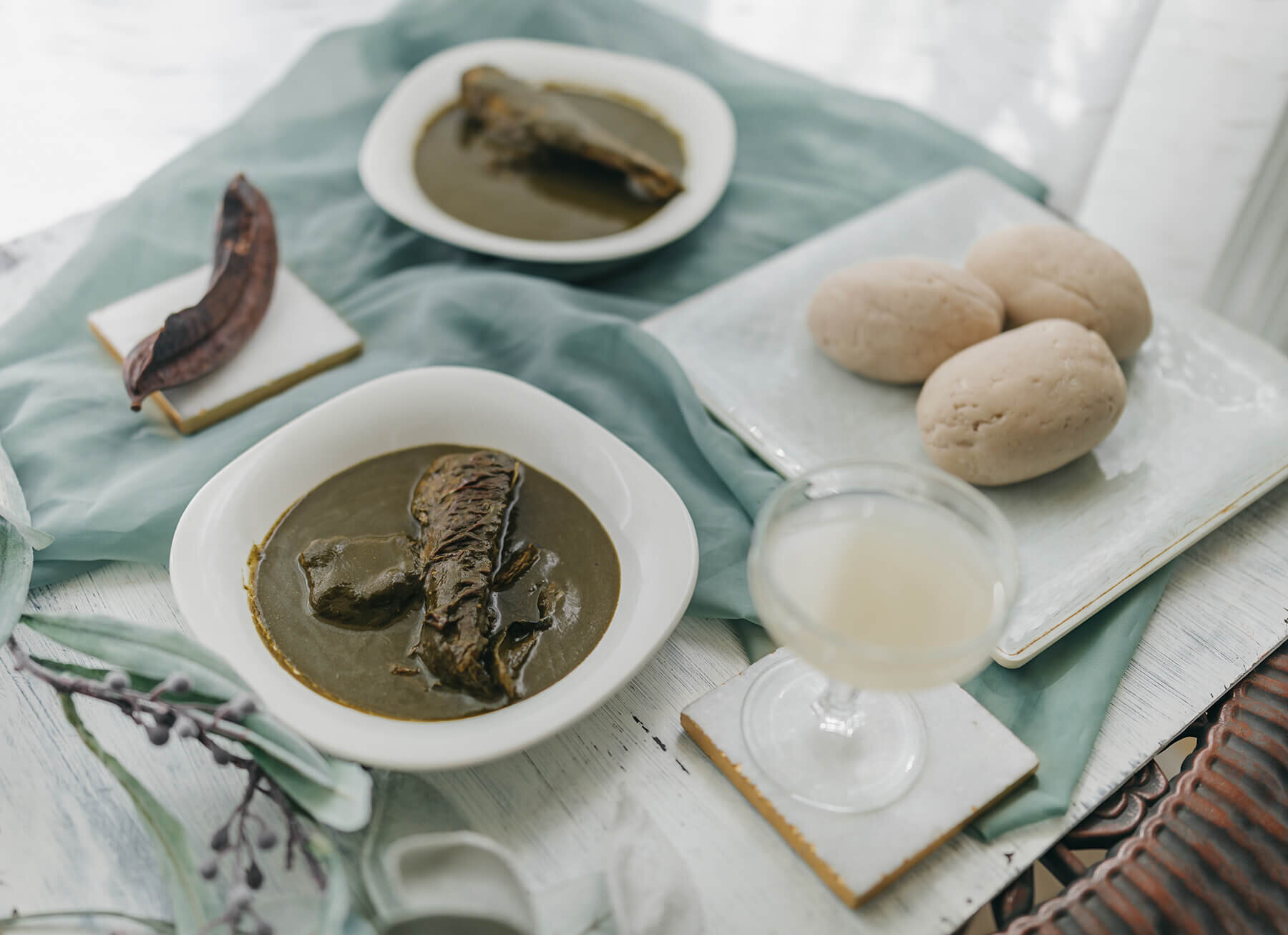Know Thy Cocoyams
Yayyyyy!!!!
I am glad to know that you have taken interest in learning more about this blog. I hope this is exactly what you have been searching for as a solution to solve some of the challenges that you are facing when cooking Cameroonian food. When I was growing up as a little girl in Cameroon, understanding ingredients and how to rightfully use them when cooking both Cameroonian traditional and intercontinental dishes was one of my greatest nightmares lolol.
One of such ingredients was cocoyam. There are so many Cameroonian dishes that one can make using cocoyams. However, knowing the different types of cocoyams and the exact type to use when cooking a particular dish is very important to achieving the final outcome of the dish. More so, the type of cocoyam that one uses to cook a traditional dish (aka country chop) is also important to the cultural significance of the traditional dish.
What do I mean? Well let me tell you a short story. When I was a little girl growing up in an Oroko ethinic household, I was introduced to Makabo cocoyams; the type of cocoyam used in cooking Ekwang which is one of the traditional dishes of the Oroko ethnic group in the Southwest Region of Cameroon. During the holiday season, I visited my grandmother who is from the Metta tribe from the Northwest Region of Cameroon. One day, I boiled Makabo cocoyam and pounded it to make Achu to eat with Achu soup. She said Cameroonian pidgin
“ Sylvia you done spoil my coco. Nobi na the kind coco this for usam make Achu fufu. Makabo coco fufu go strong when e done cold. This one nobi Achu ohh”
Ohh my! That was my moment of truth when I had to start learning the various types of cocoyams and what type to use when cooking a specific dish. Your story might not be similar to mine but I can make a guess that you have experienced such with an ingredient. Assuming the ingredient is cocoyam, then it’s time to get it right. So let’s learn the different types of cocoyams and which type to use when cooking that favorite finger-licking Cameroonian food.
Types of Cocoyams
Scientific Name - Xanthosoma Sagittifolium
Common Name -Malanga/Yautía
Local Name - Red Makabo Cocoyam
Dishes
Great for cooking Porridge Cocoyams (Turning Coco)
Boil the cocoyams and eat with vegetables of choice (Country NjamaNjama, Greens, Bitter Leaves, Pumpkin leaves. Cabbage, Beans and more).
Roast the cocoyams and enjoy with palm oil sprinkled with a pinch of salt. I tell you this one right here is a match made in heaven.
Scientific Name - Xanthosoma Sagittifolium
Common Name -Malanga/Yautía
Local Name - White Makabo Cocoyam
Dishes
Grate the cocoyam and use it for cooking Ekwang, Kwacoco with Mbanga Soup.
Fry White Makabo cocoyam paste to make Accra Coco
Pound the cocoyam to make fufu and eat with Kwamkalang (Cocoyam Leaf Soup), Okro Soup, Groundnut Soup and more.
Boil the cocoyams and eat with vegetables of choice (Country NjamaNjama, Greens, Bitter Leaves, Pumpkin Leaves, Cabbage and more).
Roast the cocoyams and enjoy with palm oil sprinkled with a pinch of salt. I tell you this one right here is a match made in heaven.
Scientific Name - Xanthosoma Sagittifolium
Local Names - White and Red Makabo Cocoyams
Dishes
A combination of the White and Red Makabo cocoyams create the perfect cocoyam paste texture for cooking Ekwang and Kwacoco Bible.
Scientific Name -Colocasia Esculenta
Common Name - Taro
Local Name - Mami Cocoyam
Dishes
Great for cooking Achu fufu
Boil the cocoyam and eat with vegetables of choice (Country NjamaNjama, Greens, Bitter Leaves, Pumpkin Leaves, Cabbage and more).
Roast the cocoyam and enjoy with palm oil sprinkled with a pinch of salt. I tell you this one right here is a match made in heaven.
Scientific Name - Colocasia Antiquorum
Common Name - Eddoes
Local Name - Igbo Cocoyam
Dishes
Great for cooking Achu Fufu, Porridge Cocoyams ( Turning Coco)
Boil and eat with vegetables of choice (Country NjamaNjama, Greens, Bitter Leaves, Pumpkin leaves, and more)
Keng’s Kitchen Cocoyam Recipes
Recreate our recipes of delicious Cameroonian cocoyam dishes and enjoy with your family and friends. Click on each picture for the step by step visual instructions for each dish.









